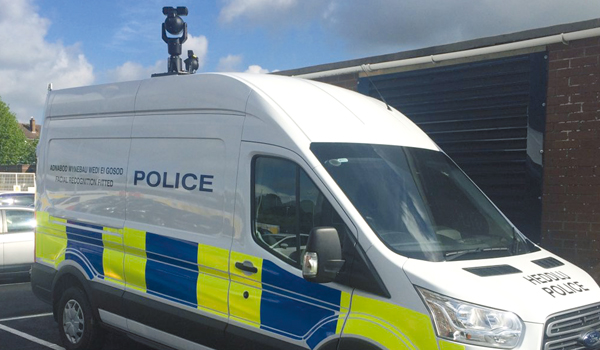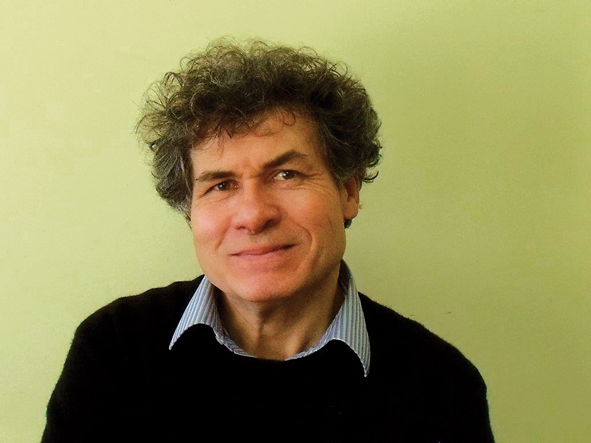Legal precedence with first use of 3D imaging from PMCT
The East Midlands Forensic Pathology unit, based at the University of Leicester, has used 3D images derived from post-mortem computed tomography (PMCT) scans as an aid to demonstrate injuries to a jury for the first time in evidence at a UK trial.

The East Midlands Forensic Pathology unit, based at the University of Leicester, has used 3D images derived from post-mortem computed tomography (PMCT) scans as an aid to demonstrate injuries to a jury for the first time in evidence at a UK trial.
Professor Guy Rutty, chief forensic pathologist to the East Midlands Forensic Pathology Unit part of the Department of Cancer Studies and Molecular Medicine, University of Leicester gave expert testimony at a trial at Nottingham Crown Court on earlier this month.
Professor Rutty showed the jury a black and white 3D computer image of the victims skeleton derived from the PMCT scans to illustrate the injuries he had suffered.
He told the court: This is the first time we have ever used this in a UK court.
Professor Rutty said he believed it was the UKs first use of the technique in a courtroom trial and explained that the achievement had meant having to secure the acceptance of these images by both the prosecution and the defence and record the evidence provided to the jury. As a result of this outstanding success, it is planned to use the new technique in another case shortly.
Professor Rutty announced earlier this year that his team had developed a new non-surgical post-mortem technique that has the potential to revolutionise the way autopsies are conducted around the world. His unit, in collaboration with the imaging department at the University of Leicester, are recognised as leaders in research and case application for PMCT in the UK.
A new US study has also shown how advanced CT (computed tomography) with 3D scanning can help better identify ingested or hidden drugs more effectively.
These advanced imaging techniques can help the police fight international drug trafficking, identify medical complications caused by ingested drug packets and reduce contraband smuggling within the penal system, said Dr Barry Daly, lead researcher for the study and director of abdominal imaging at the University of Maryland Medical Centre.
Newer techniques for wrapping drug packets make them harder to detect on conventional X-rays. When abdominal radiographs are negative for contraband, but a strong suspicion for drug trafficking remains, our goal is to encourage law officers and medical workers to use CT with 3D scanning as part of their game plan.
While abdominal X-rays have been a part of the standard protocol for identifying drug and contraband smuggling for decades, they are only 90 per cent accurate at best.
With drug traffickers becoming more sophisticated and learning to hide contraband items more efficiently, its hard to identify these items on an ordinary X-ray, explained Dr Daly.
By using CT with 3D scanning, we can go from 90 per cent to 100 per cent accuracy. Although CT scanning is more expensive, it is much more sensitive.



